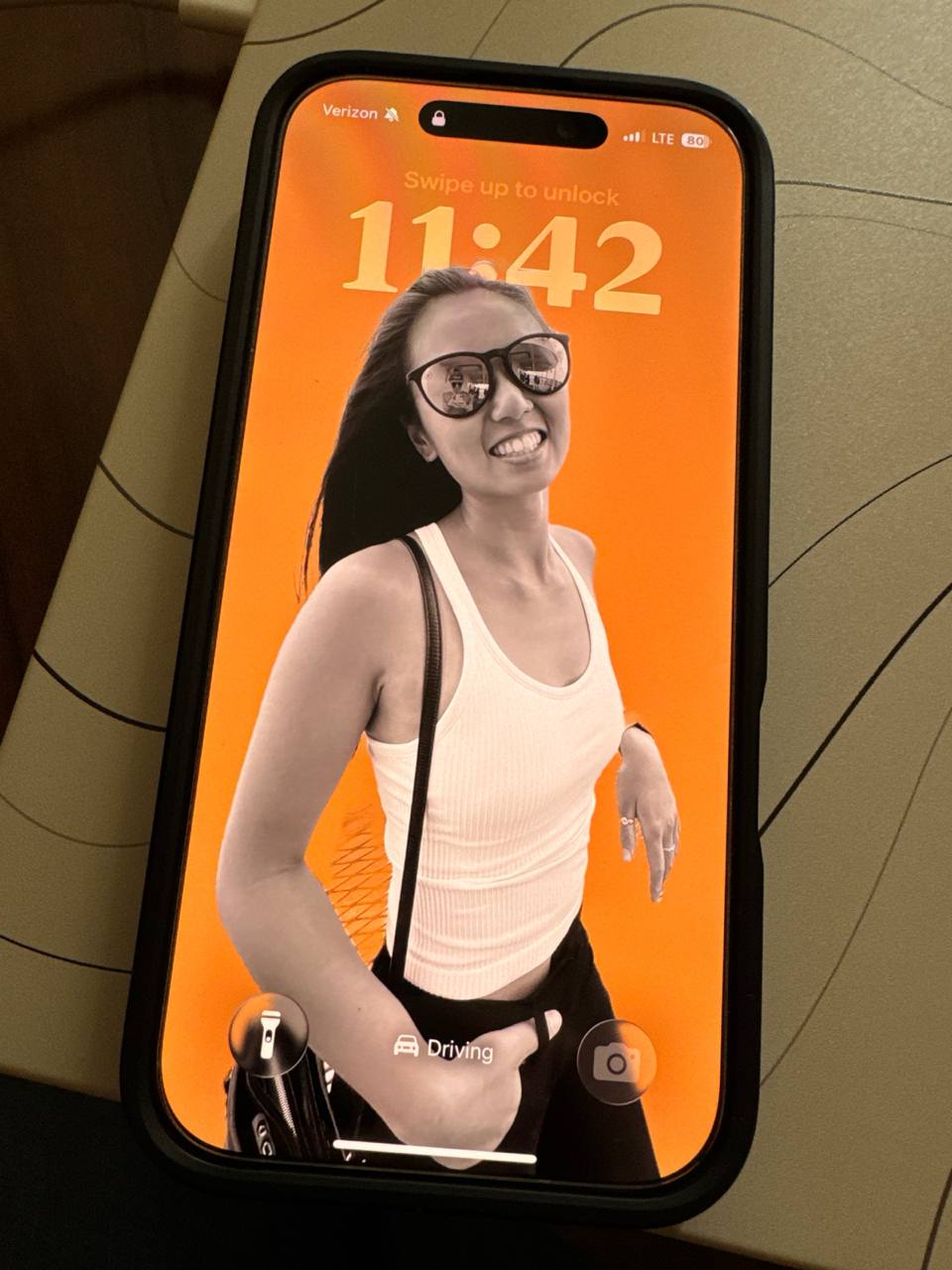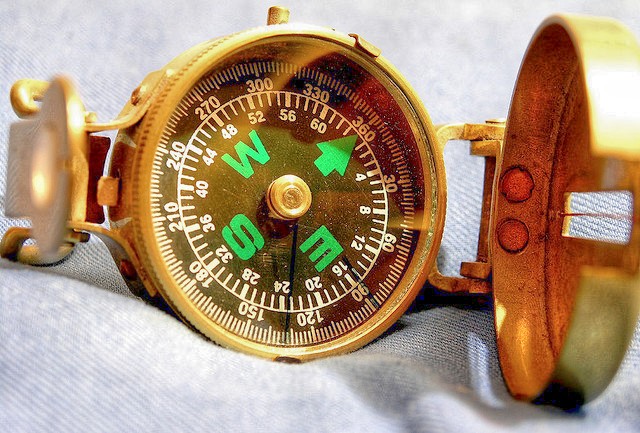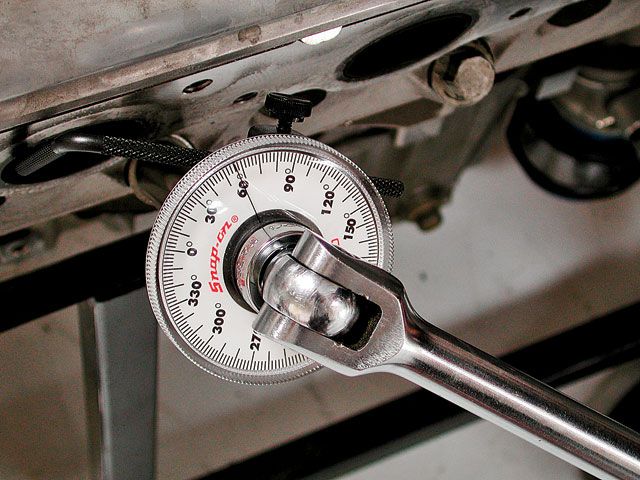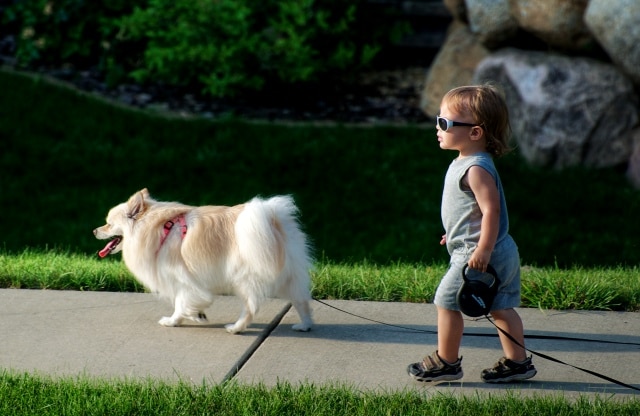A Lifesaver Screensaver
by Linda Anderson Krech
We just returned from a family wedding in Alabama. The morning of the wedding we made a trip to Muscle Shoals Sound Studios. It was a real treat to step into that small and humble space where so much great musical history was made. Gregg actually had a chance to play for a few minutes on the studio piano, where so many greats have composed and recorded through the years. That was special.
We also visited Helen Keller’s birthplace and saw the fountain where she first broke the language barrier by deciphering the word “water”. What a moment of triumph. And Huntsville is home to the U.S. Space and Rocket Center, with one of the highest concentration of rocket scientists and engineers in the country. What a rich and intriguing area to explore.
And as for the wedding itself, it was held in a beautiful barn on lovely grounds, made elegant with graceful swags, soft candles, and charming lights, with a firepit outside and an old-fashioned photo booth out back. The ceremony was beautiful and the dancing was lively and twirly, especially for the 4-year old’s among us.
And then there was the joy of spending a few days with Chani and Gary, our daughter and son-in-law, who live in Florida. As it turned out, this wedding was scheduled right in the midst of a move that they were making, from one city to another. The Navy had already moved all of their belongings, and they were poised to begin the new chapter of their life together immediately after returning from Alabama.
Afterward, while Chani was driving on her long solo car trip to her new home, it was tempting to chat on the phone with her and I did do so for a little while. Gregg, however, declined the opportunity. He reminded me that texting is not the only dangerous form of communication when you’re behind the wheel. It turns out that talking on the phone, even on a hands-free phone, can be very hazardous. It’s an issue of attention and we clearly know the role that attention plays in our health, safety, and wellbeing.
According to the National Safety Council (NSC), drivers who are on their phone (either hands-free or handheld cellphones), fail to see up to 50 percent of the information in their driving environment. This is known as “inattention blindness” and causes drivers to miss exits and run through red lights and stop signs.
Drivers using cellphones (again, handheld or hands-free) had slower reaction times than drivers impaired by alcohol at a .08 blood alcohol concentration, the legal intoxication limit in most states.
I used to assume that having a phone conversation while driving would be comparable to having a conversation with a passenger in the car, but think about the difference. While a passenger will be aware of the same environmental factors that the driver is aware of, and adjust accordingly, the person on the other end of the phone is oblivious to the driver’s environment, and unable to respond accordingly.
It’s so easy to become casual about driving. It’s not a casual business. It’s a convenient and comfortable business that sometimes veers off into a life and death business. So how do we prevent ourselves from becoming too casual? During our weekend together I had noticed that Gary’s phone had a great screensaver photo of Chani. He told me it was there to remind him not to text while driving. Her smiling face is a strategic reminder for him to stay safe. What a brilliant idea.
Chani and Gary did a lot of driving getting to and from this special weekend. My sincere thanks to all of the drivers on those roads who stayed focused and responsible while behind the wheel. I will be setting up my own lifesaver screensaver and heed its gentle reminder for my sake and for the sake of my fellow travelers. May we keep ourselves and each other safe as we make our way forward to explore the world.
Tags: Attention












